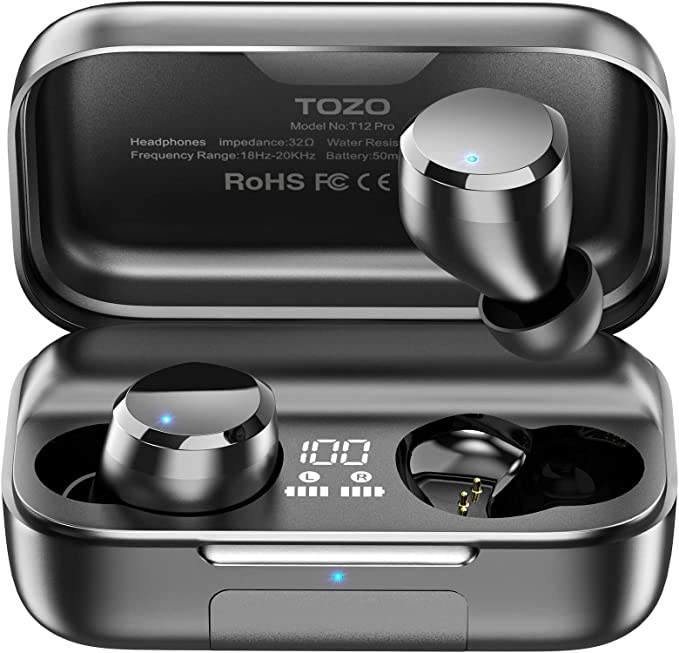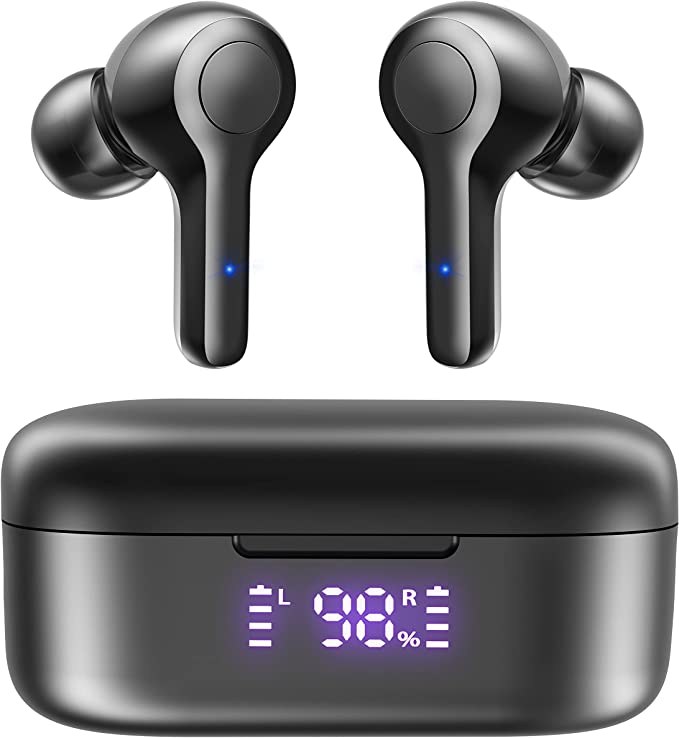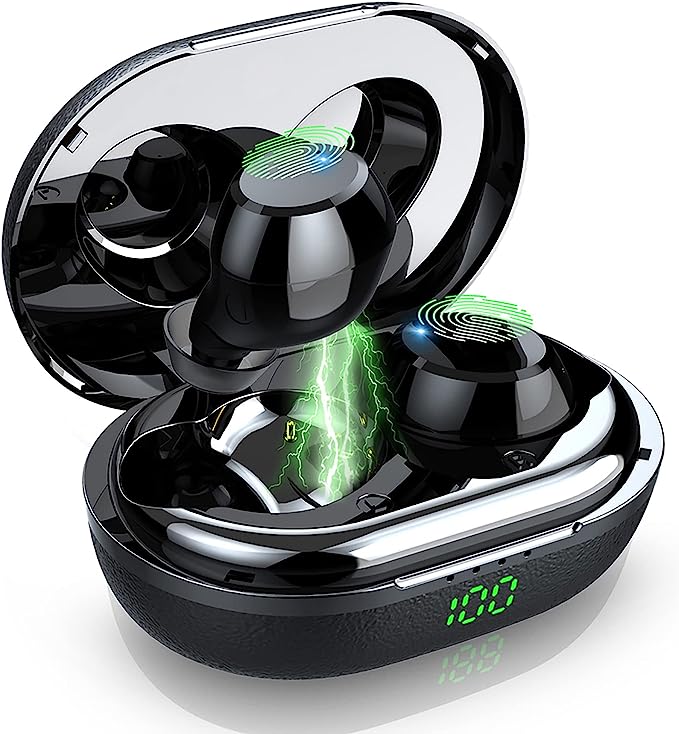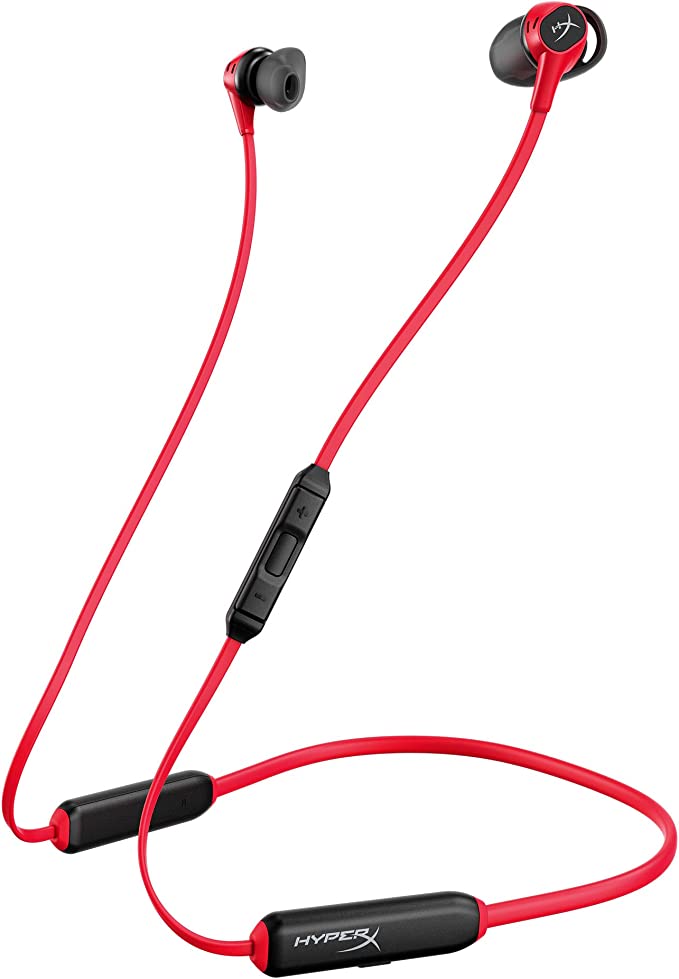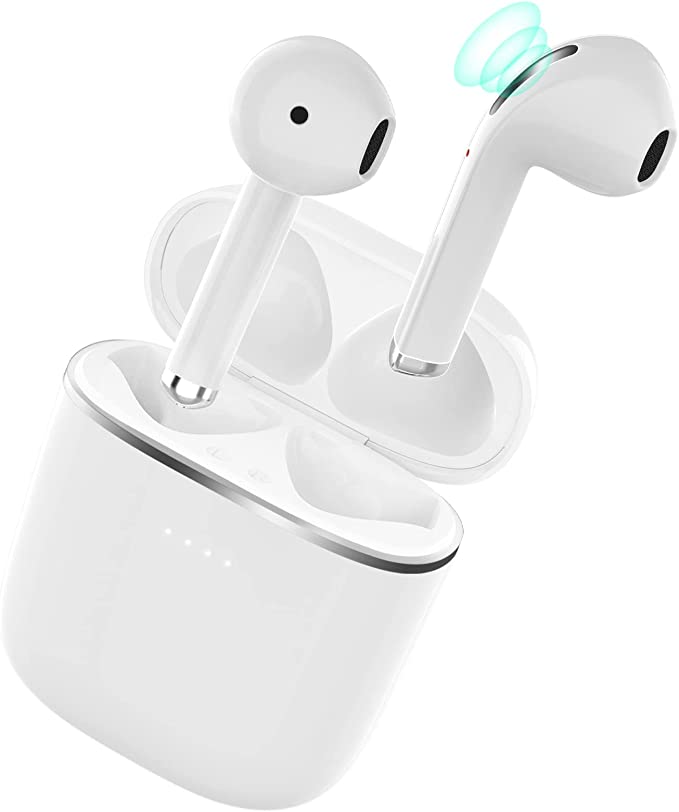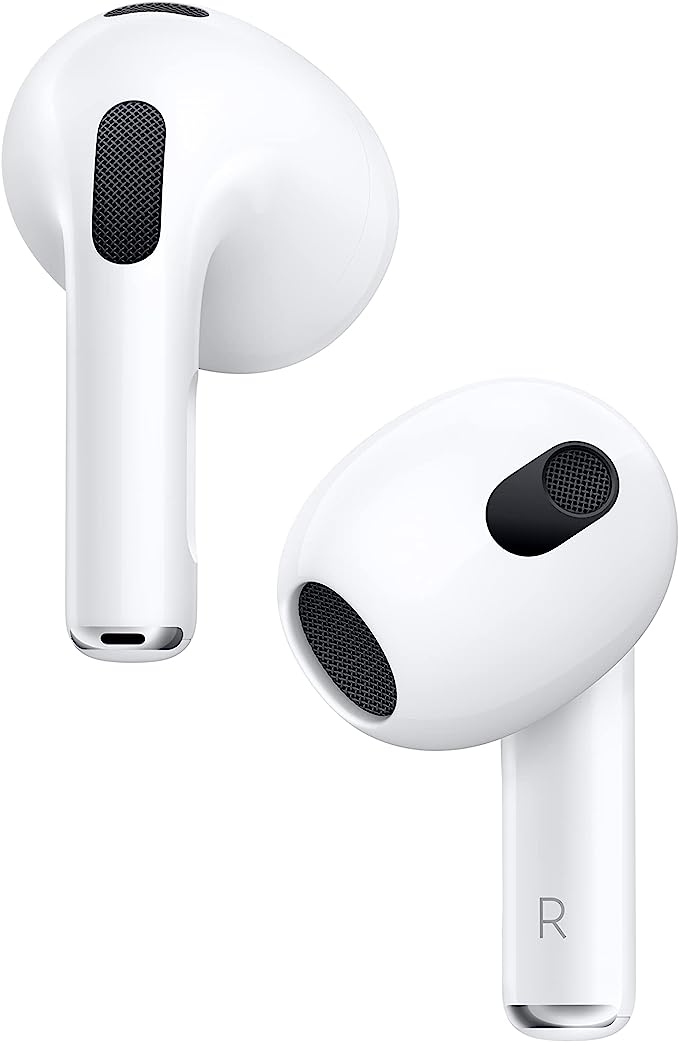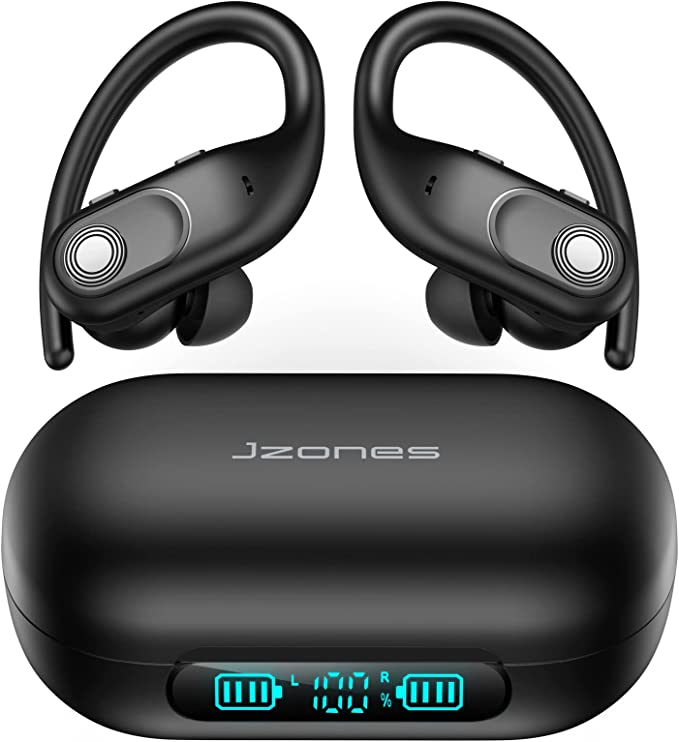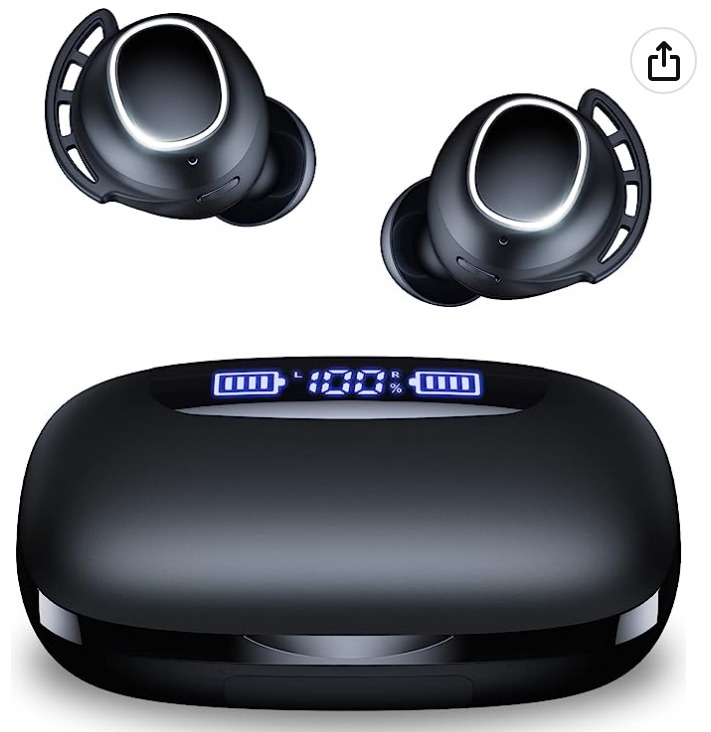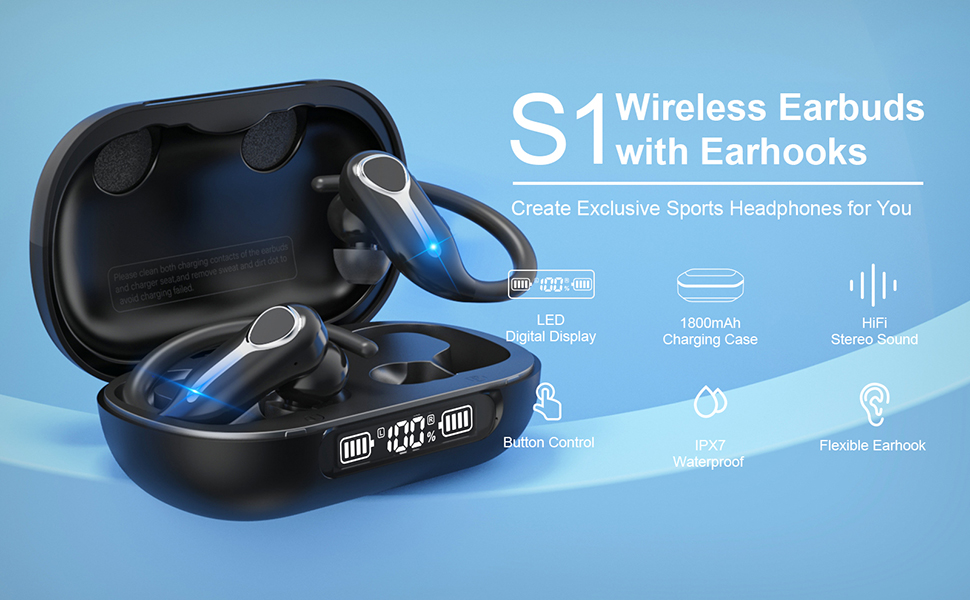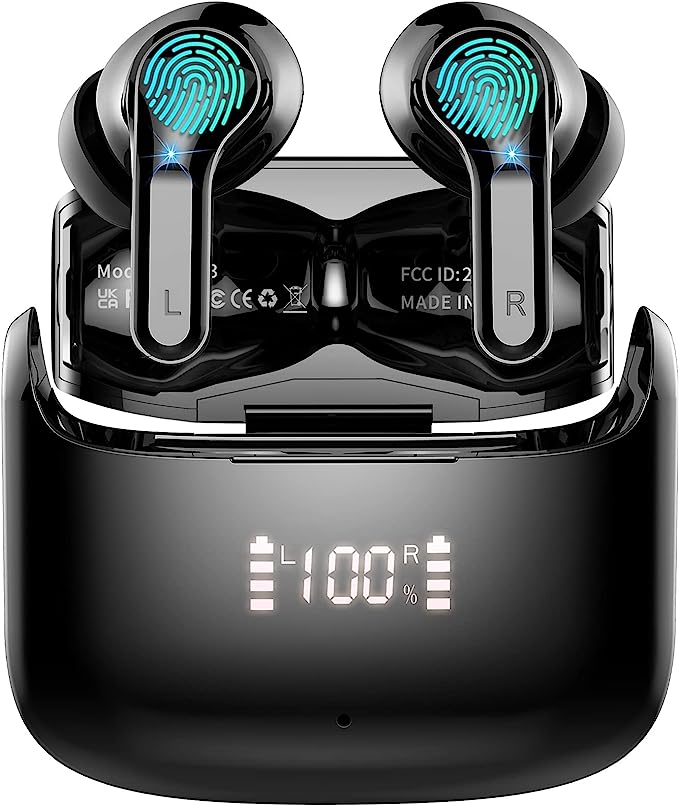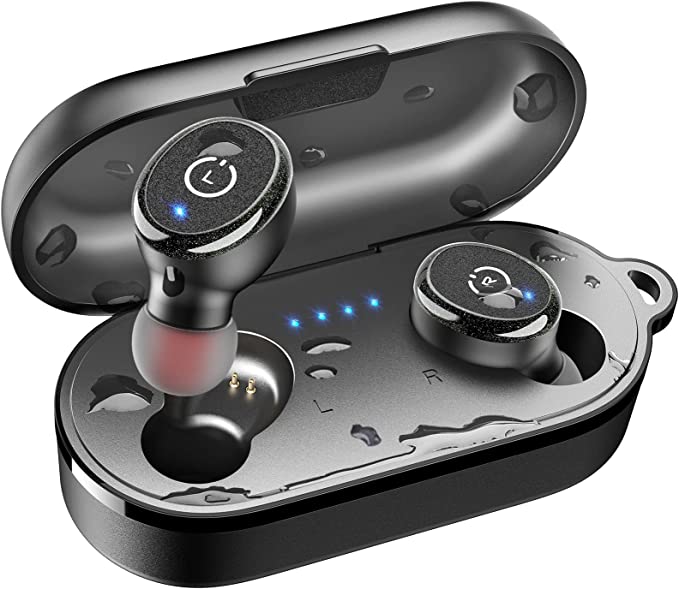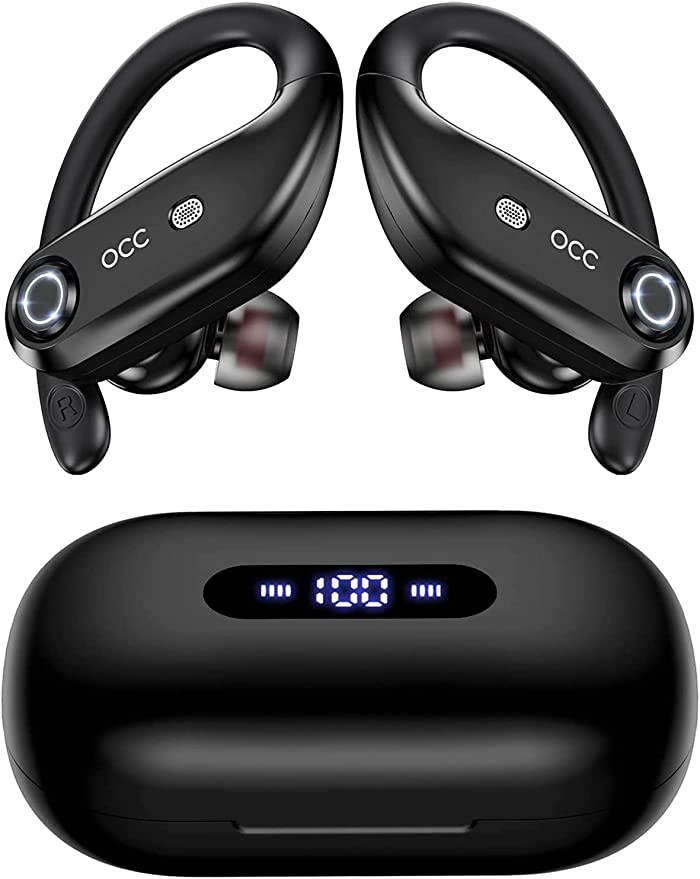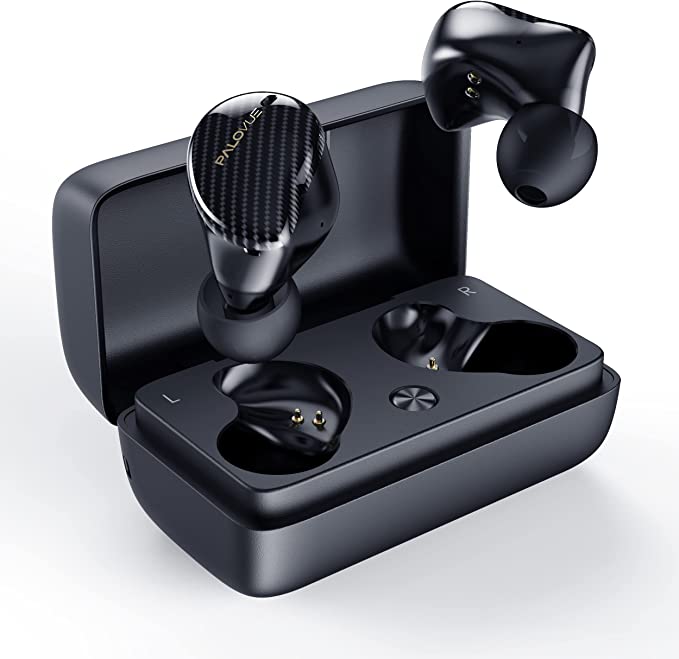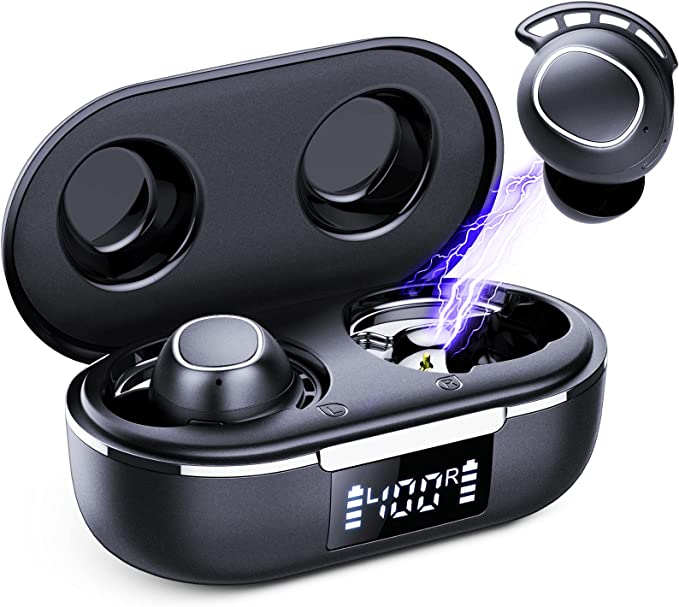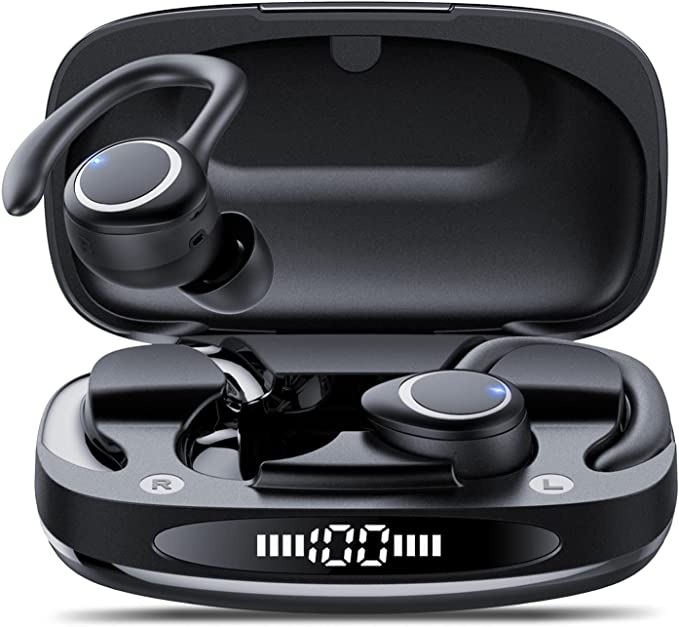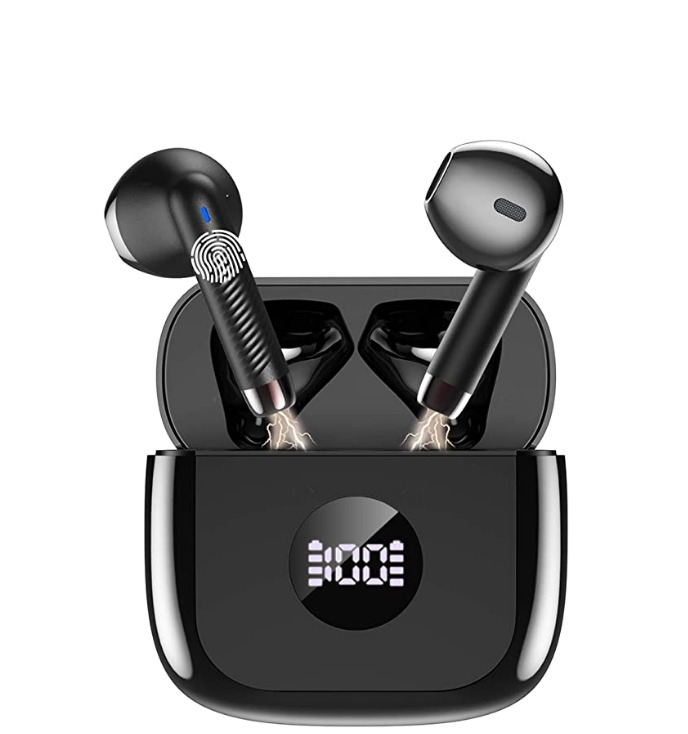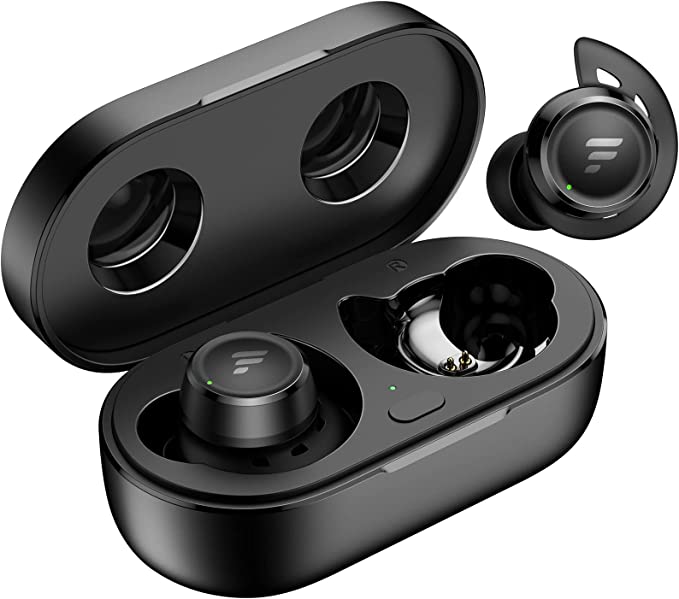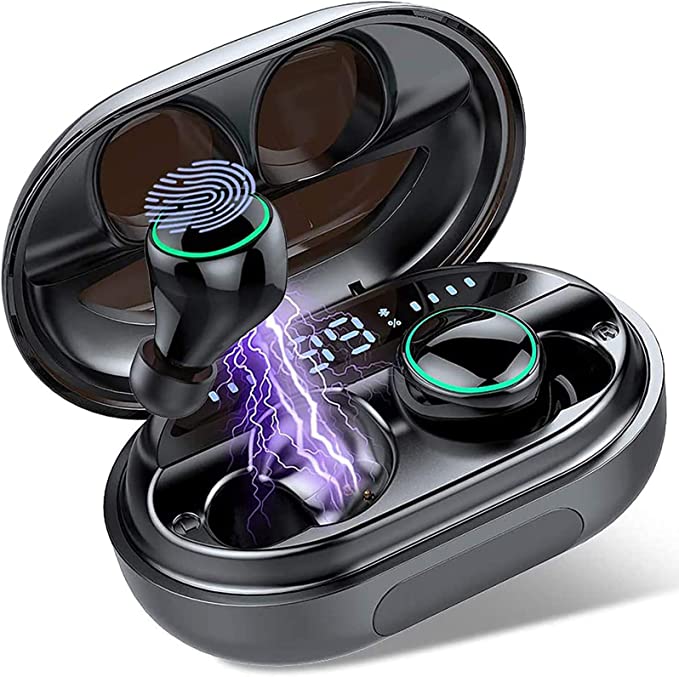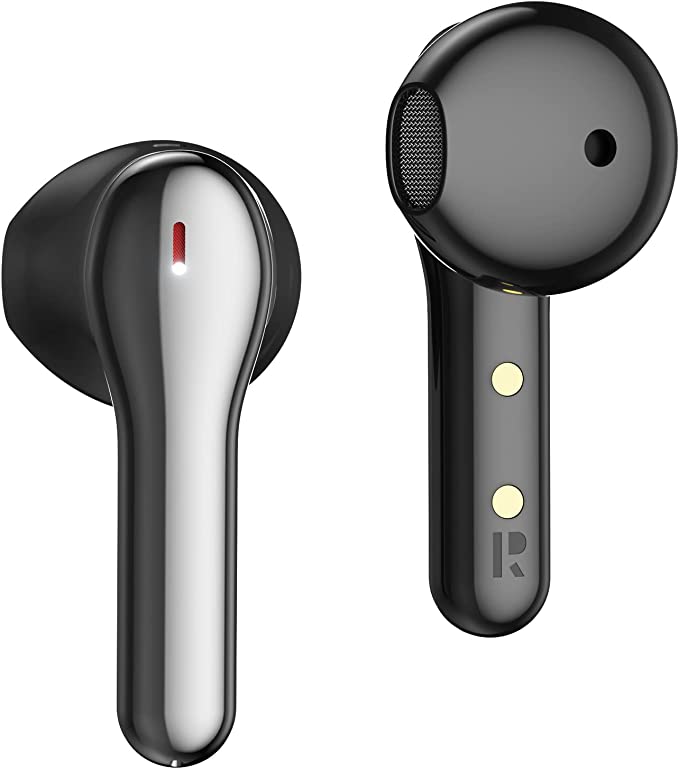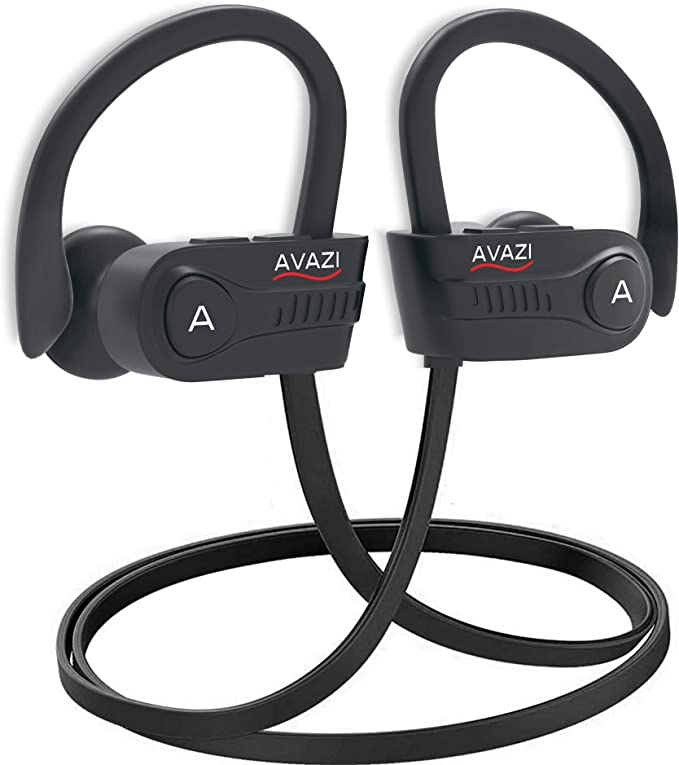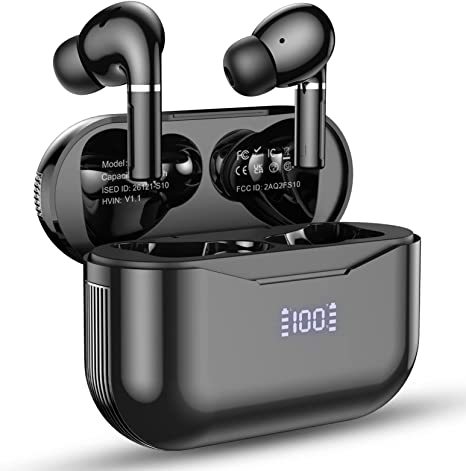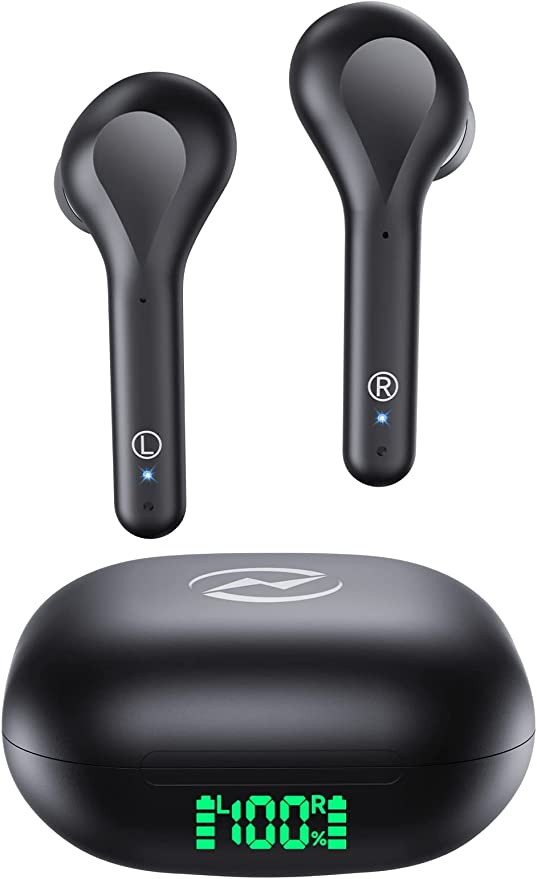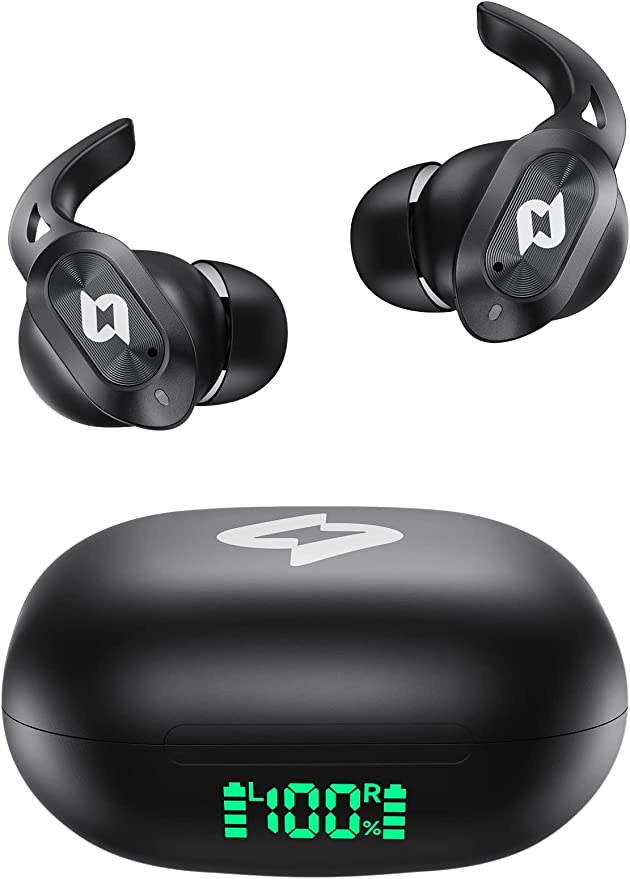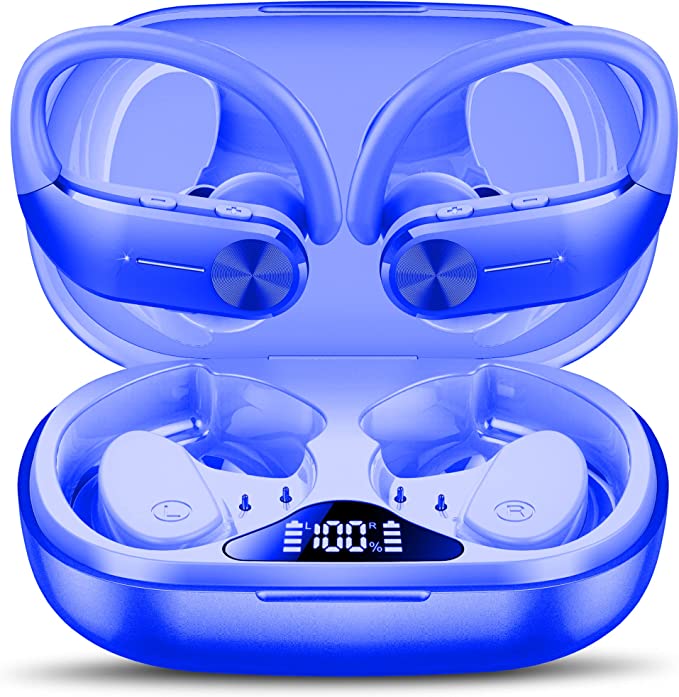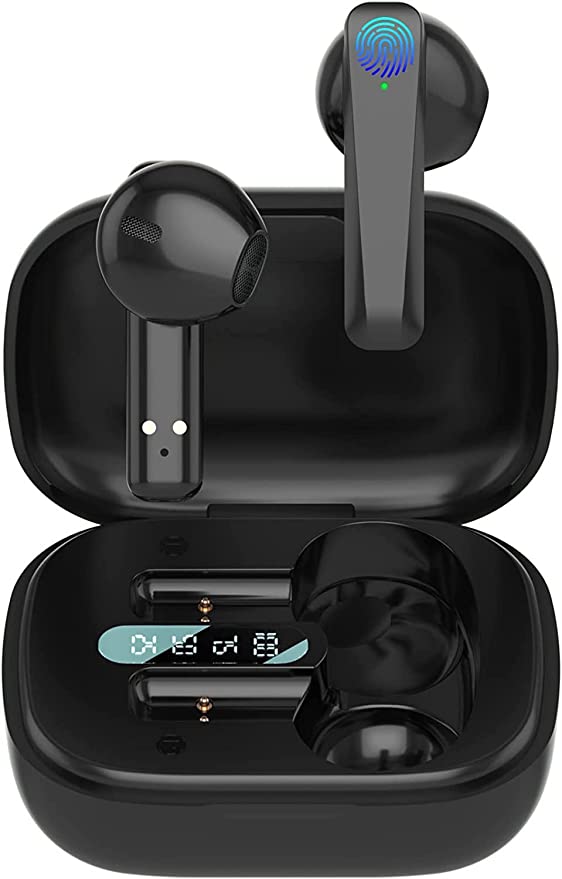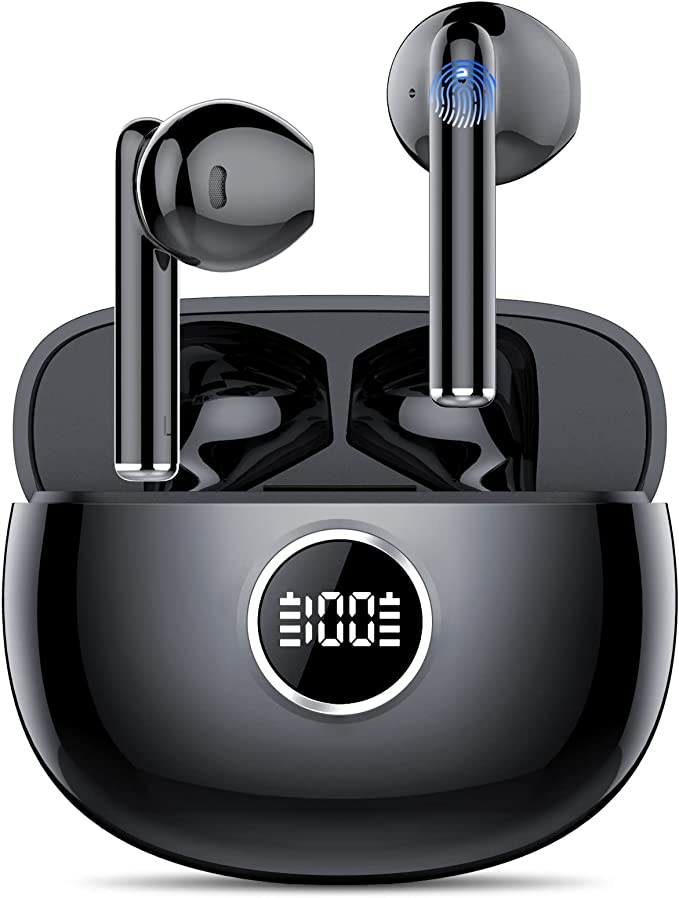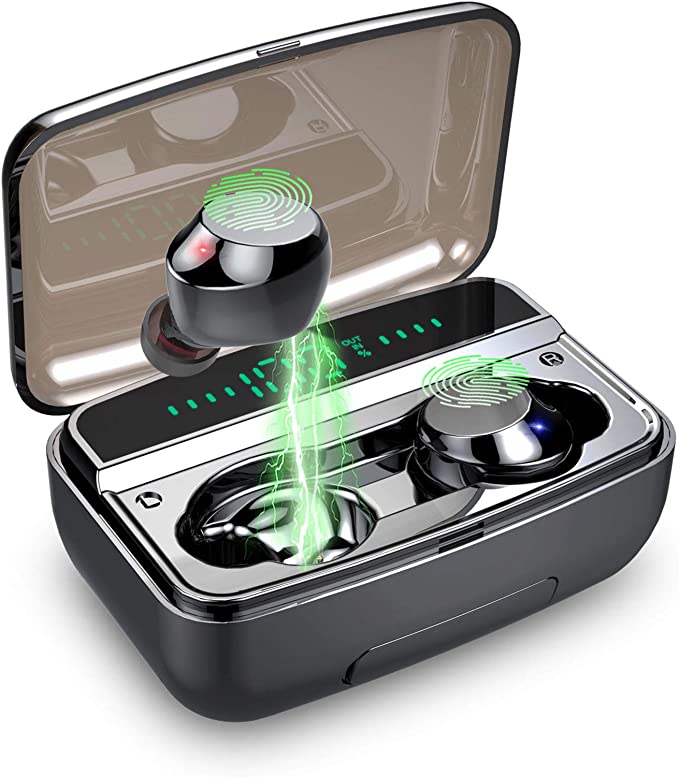Mottenfalle LB-8 Wireless Earbuds: Unpacking the Science Behind Seamless Audio and All-Day Endurance
Update on May 14, 2025, 1:57 p.m.
There’s a quiet revolution that has unfolded, almost imperceptibly, right in our ears. It’s that moment of serene simplicity: you pop in a pair of wireless earbuds, the world’s cacophony softens, and your personal soundscape blooms. Whether it’s the driving beat for your morning run, the engrossing narrative of a podcast on your commute, or the clear voice of a loved one bridging miles, these tiny emissaries of sound have become indispensable. We’ve embraced this wireless freedom with such alacrity that it’s easy to forget the sheer density of scientific ingenuity nestled within these diminutive devices. What intricate marvels of physics, electronics, material science, and ergonomic design are so elegantly compacted to deliver such an experience?
Today, let’s embark on a journey of discovery. Consider the Mottenfalle LB-8 Wireless Earbuds not merely as a product, but as our “specimen” – a contemporary example through which we can dissect and appreciate the fascinating science that powers our untethered audio world. I’m Dr. Evelyn Reed, and I invite you to explore with me the unseen symphony of technology that makes these everyday companions possible.

The Unbroken Thread – Bluetooth’s Ethereal Dance of Connectivity
Our exploration begins with the very essence of “wireless”: the connection. The term “Bluetooth” itself has a rather charming, if unexpected, origin, named after Harald “Bluetooth” Gormsson, a 10th-century Danish king famed for uniting disparate Danish tribes. Just as King Harald brought people together, Bluetooth technology, first conceived by engineers at Ericsson in Sweden in the 1990s, was designed to unite different electronic devices seamlessly. What started as a cable-replacement technology has evolved into a sophisticated wireless protocol, and its modern incarnation, Bluetooth 5.0, is at the heart of devices like the Mottenfalle LB-8.
But what makes Bluetooth 5.0 a notable advancement for your earbuds? Imagine an invisible, highly efficient courier service constantly shuttling digital information between your phone and your ears. Bluetooth operates in the bustling 2.4 GHz Industrial, Scientific, and Medical (ISM) radio band – a slice of the radio spectrum also used by Wi-Fi, microwave ovens, and other devices. To navigate this potentially crowded highway, Bluetooth employs a clever technique called Frequency-Hopping Spread Spectrum (FHSS). Picture your data packets as nimble messengers that, instead of sticking to one lane, rapidly hop between 79 different channels (frequencies) hundreds of times per second. This constant, coordinated dance makes the connection resilient to interference, ensuring your music doesn’t stutter when you walk past a microwave oven.
Bluetooth 5.0, as featured in the Mottenfalle LB-8, refines this dance. Compared to its predecessors, it offers the potential for greater range (these earbuds specify a reliable dialogue up to 10 meters or 33 feet), higher data transmission speeds, and, crucially for battery-powered devices, enhanced power efficiency. This means more stable connections and longer listening times. When the LB-8s boast “One-Step Pairing,” this isn’t just a marketing slogan; it’s the result of optimized chipsets and software protocols (like A2DP for audio streaming, HFP for hands-free calls, specified for this model) that allow the earbuds and your device to quickly recognize each other and establish that digital handshake almost instantaneously upon removal from their charging case. It’s this intricate, yet invisible, ballet of radio waves and protocols that grants us that “just works” experience.

The Soul of Sound – Chasing Auditory Fidelity in a Miniature World
A flawless connection is paramount, but it’s merely the conduit. The true magic lies in the sound itself. We often see terms like “HiFi Stereo Sound” or “CD-like audio quality” associated with earbuds such as the Mottenfalle LB-8, which also mentions “clear treble and balanced bass.” But what does “High Fidelity” truly signify when the concert hall has been shrunk to the size of a jellybean?
At its core, HiFi is about faithful reproduction – the output sound mirroring the original recording with minimal distortion and coloration. “CD-like quality” often alludes to the audio standard of CDs: 16-bit depth and a 44.1 kHz sampling rate, which captures a wide spectrum of sound frequencies audible to the human ear (typically 20 Hz to 20,000 Hz). Achieving this in the tiny enclosure of an earbud is a monumental feat of acoustic engineering.
The journey of sound begins as a digital file – a stream of zeroes and ones. This data, once wirelessly delivered to the earbud, is converted by a Digital-to-Analog Converter (DAC) into an electrical audio signal. This signal then energizes a miniature transducer, commonly called a driver. Think of the driver as a tiny, precision loudspeaker. It has a diaphragm (a thin membrane) that vibrates in response to the electrical signals, creating pressure waves in the air – the sound waves that travel down your ear canal and are interpreted by your brain as music, speech, or ambient noise.
The challenge for devices like the Mottenfalle LB-8 is to house drivers and acoustic chambers that can accurately reproduce both the deep rumble of a bass guitar and the delicate shimmer of a cymbal, all within an extremely confined space. The “high-definition rendering technology” mentioned in their description likely refers to the overall system design— encompassing the DAC, amplifier, and driver quality—aimed at achieving this broad and accurate frequency response.
Furthermore, clear communication isn’t just about listening; it’s about being heard. The inclusion of “built-in dual high-quality microphones” in the LB-8 addresses this. In a noisy environment, having two microphones allows for the potential implementation of noise reduction techniques. While specifics aren’t provided, dual-mic systems can, for example, use beamforming (where the microphones work together to focus on the speaker’s voice) or compare the input from both mics to differentiate speech from ambient noise, thereby enhancing call clarity. It’s this meticulous attention to the physics of sound and signal processing that allows these tiny titans to strive for a rich and immersive auditory experience.

The Unwavering Pulse – The Science of Sustained Audio Freedom
The liberty of wireless audio is a wonderful thing, but it comes with an Achilles’ heel: battery life. The silent dread of a “low battery” chime cutting short your favorite song or an important call is an experience many of us share. This is where the science of energy storage and management plays a pivotal role. The Mottenfalle LB-8 earbuds promise 4 hours of playtime on a single charge, a figure extended to a substantial 20 hours with the aid of their 350mAh charging case.
This endurance is largely thanks to the marvel of modern lithium-ion (Li-ion) battery chemistry. Li-ion batteries offer a high energy density, meaning they can store a significant amount of energy in a very small and lightweight package – perfect for diminutive earbuds where every milligram and cubic millimeter counts. The earbuds themselves house tiny Li-ion cells, and the charging case acts as a portable power bank, containing a larger Li-ion battery to replenish the earbuds multiple times. Efficient power management integrated into the Bluetooth chipset and the earbuds’ circuitry also helps to sip, rather than gulp, energy, maximizing listening duration.
When it’s time to refuel the entire system, the Mottenfalle LB-8 employs a USB Type-C charging port. This is more than just a differently shaped connector; USB-C has become the modern standard for several good reasons. Its reversible design means no more frustrating fumbling to plug it in correctly. More importantly, USB-C often supports faster charging capabilities, and the LB-8s leverage this to achieve a full recharge for both the case and earbuds in approximately 1 hour.
To keep you informed and alleviate that dreaded battery anxiety, the charging case features an LED display. This isn’t just a blinking indicator; it provides a clear percentage of the case’s remaining battery (from 1-100) and shows the charging status of the individual earbuds. Think of it as a transparent fuel gauge for your audio journey, allowing you to know precisely when it’s time for a pit stop. It’s this synergy of advanced battery chemistry, efficient power management, and user-friendly charging solutions that truly untethers your listening experience.

Crafted for Life’s Cadence – Where Thoughtful Design Meets Daily Demands
An earbud is an incredibly intimate piece of technology. It doesn’t just play sound; it’s worn, often for extended periods, and needs to withstand the rigors of daily life. This is where the disciplines of ergonomics, material science, and resilient engineering converge. The Mottenfalle LB-8, described as having an “ergonomic design” and a “unique half-in-ear” form factor, weighing a mere 4 grams per earplug, highlights this focus.
Ergonomics in earbud design is a delicate dance. The human ear, particularly the concha and ear canal, varies significantly from person to person. The “half-in-ear” style, as opposed to an in-canal design that seals deeper, typically rests more gently in the outer bowl of the ear (the concha). For some users, this offers a more comfortable, less intrusive fit, especially for prolonged wear, although it may trade a degree of passive noise isolation and deep bass response for that comfort. The featherlight 4-gram mass of each LB-8 earbud is critical in minimizing pressure points and ear fatigue, making them less noticeable whether you’re on a long conference call or a lengthy run.
Life, especially an active one, isn’t always dry and predictable. For those who use their earbuds during workouts or don’t want to be caught out by a sudden downpour, a degree of water resistance is essential. The Mottenfalle LB-8 earbuds carry an IPX5 waterproof rating. Let’s decode this: “IP” stands for Ingress Protection. The “X” means the earbuds haven’t been rated for protection against solid particle ingress (like dust). The “5” is the crucial part for water; it signifies that the earbuds are protected against low-pressure water jets from any direction. In practical terms, this means they can handle sweat from an intense gym session or light rain without succumbing to moisture damage. It’s your personal little weather shield for your ears.
Interaction with these compact devices has also evolved. Instead of fiddly physical buttons that might push the earbud uncomfortably further into your ear, the LB-8s feature “Smart Touch Control.” This almost certainly relies on capacitive sensing technology. Much like your smartphone screen, these touch-sensitive surfaces detect the slight electrical charge değişiklikleri (changes in capacitance) caused by your fingertip. A tap, a double-tap, or a long press can be programmed to control playback, volume, calls, or activate a voice assistant. This allows for a sleeker, button-free design and a more seamless interaction, a touch of invisible genius at your command.
The Human Equation – Flexibility, Nuance, and the User Experience
Ultimately, technology is at its most compelling not just when it performs a function, but when it adapts to the nuances of human behavior and preference. The Mottenfalle LB-8, with its Mono/Stereo modes, demonstrates a simple yet profound aspect of this adaptability. The “left/right ear separated design” means you can use both earbuds for an immersive stereo soundscape, or opt to use just one (mono mode). This latter capability is invaluable for situations where you need to maintain awareness of your surroundings – perhaps while cycling on a busy street, waiting for an announcement at the airport, or even to simply extend total listening time by alternating earbuds. It’s also a thoughtful feature for sharing, allowing a friend to listen in to your audio.
Beyond the explicit specifications, the overall user experience with any miniaturized electronic device is a tapestry woven from many threads. The industrial design of the charging case, for instance, plays a significant role. While not detailed for the LB-8 beyond its charging capabilities, in the wider world of earbuds, users often value cases that are not only compact but also easy to open and securely hold the earbuds (a point of occasional frustration with some designs, as general user feedback across the market sometimes indicates). Similarly, achieving a universally “perfect” and secure fit with any in-ear or half-in-ear device is a perpetual quest for designers, given the vast diversity in human ear anatomy. This is why a variety of ear tip sizes and shapes, or different form factors like the “half-in-ear” design of the LB-8, exist – each trying to offer a comfortable and stable solution for a broad range of users. These are the subtle, yet critical, aspects where thoughtful engineering considers the human at the end of the technological chain.

Concluding Thoughts: The Everyday Marvel in Your Pocket
As we draw this exploration to a close, it becomes evident that a seemingly simple pair of wireless earbuds like the Mottenfalle LB-8 is, in reality, a marvel of modern science and engineering. It’s a silent concert where disciplines like radio physics, acoustics, electrochemistry, material science, software engineering, and human-centered design play in perfect harmony. From the intricate dance of Bluetooth signals ensuring a steadfast connection, to the meticulous crafting of sound in miniature, the enduring power squeezed into tiny batteries, and the ergonomic considerations for comfort and resilience – every facet is a testament to decades of innovation.
Perhaps the next time you slip in your wireless earbuds, you’ll pause for a moment to appreciate the unseen symphony of technology at play. These devices are more than just convenient accessories; they are a tangible manifestation of humanity’s relentless drive to understand the world and harness its principles to enrich our lives. The landscape of personal audio will undoubtedly continue to evolve, whispering new possibilities into our ears. For now, let us appreciate the quiet wonder of these everyday marvels, empowering us with knowledge and a deeper connection to the technology that so seamlessly weaves itself into the fabric of our lives.
